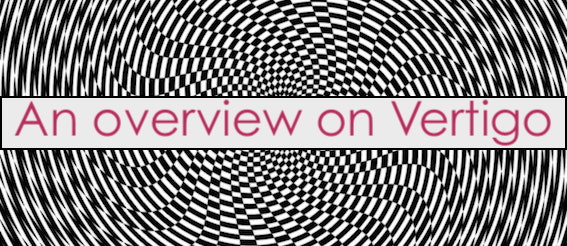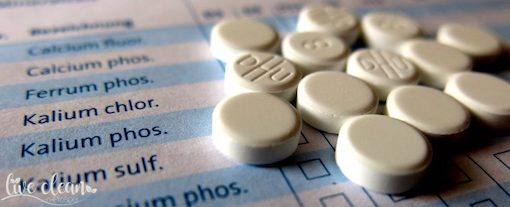Todays’ post is about dizziness and Vertigo.
My inspiration for this post comes from experiencing this condition myself last month.
It put me on the lounge for 2 days and continued to affect me for several more days. It was a genuinely horrible sensation, which on a few occasions caused me to feel close to losing consciousness.
I went to see my doctor, who diagnosed Vertigo caused by a virus. I thought I would share what I have found out about the condition.
What is Vertigo?
Vertigo or dizziness is caused by an imbalance in the vestibular system. The vestibular system is the sensory system that collects information from the eyes, inner ear and muscles to help us keep our balance and posture.
The vestibular nerve carries information from the inner ear about head movement. When one of the two vestibular nerves is infected, there is an imbalance between the two sides, and vertigo occurs.
What causes it?
The most common cause of vertigo is benign paroxysmal positional vertigo (BPPV). BPPV occurs when tiny crystals of calcium carbonate (also referred to as “otoliths” or “canaliths”) clump together in the part of the inner ear that helps control our balance. This affects the messages sent from the inner ear to the brain.
Other inner ear problems that involve swelling or infection of the inner ear, such as vestibular neuronitis and labyrinthitis, can cause vertigo.
Other causes include; Meniere’s disease, where there is associated tinnitus and hearing loss, head injuries, circulation problems or a tiny stroke of the vestibular nerve.
Vestibular neuritis and labyrinthitis are disorders that result in inflammation of the inner ear and/or the nerve connecting the inner ear to the brain. Generally caused by a viral infection such as a cold or influenza (‘the flu’), these conditions cause vertigo.
In this situation, most people feel better within a few days or weeks. Rarely is vertigo caused by serious problems such as a brain tumour or a stroke.
What are the symptoms?
A sudden onset of a constant, intense spinning sensation that is usually disabling and requires bed rest. It is often associated with nausea, vomiting, unsteadiness, imbalance, difficulty with vision and the inability to concentrate.
How is vertigo treated?
Treatment depends on the cause. In most cases vertigo goes away without treatment. Stress can increase symptoms of dizziness and nausea; therefore reducing stress can help reduce the symptoms.
Your doctor will conduct several tests and then may recommend one of several treatments.
* Medication — usually used for motion sickness, can be used to relieve some of the symptoms such as nausea and vomiting.
* Canalith repositioning procedure (CRP) — this is useful if the cause is BPPV. The treatment moves calcium deposits out of the canal so they can be absorbed by the body. This stops the false signals and the debilitating symptoms they can cause.
*Vestibular rehabilitation or balance training – this is a type of physical therapy that strengthens the vestibular (balance) system.
If your symptoms don’t go away, a specialist physiotherapist can help retrain the brain to interpret balance messages from the inner ear.
My doctor prescribed anti-nausea medication, which I found to be very helpful.
I hope you don’t get to experience this condition.
Till the next post,
Live clean n Prosper
Sources – The Royal Victorian Eye and Ear Hospital,
The New York Times, Health Direct



